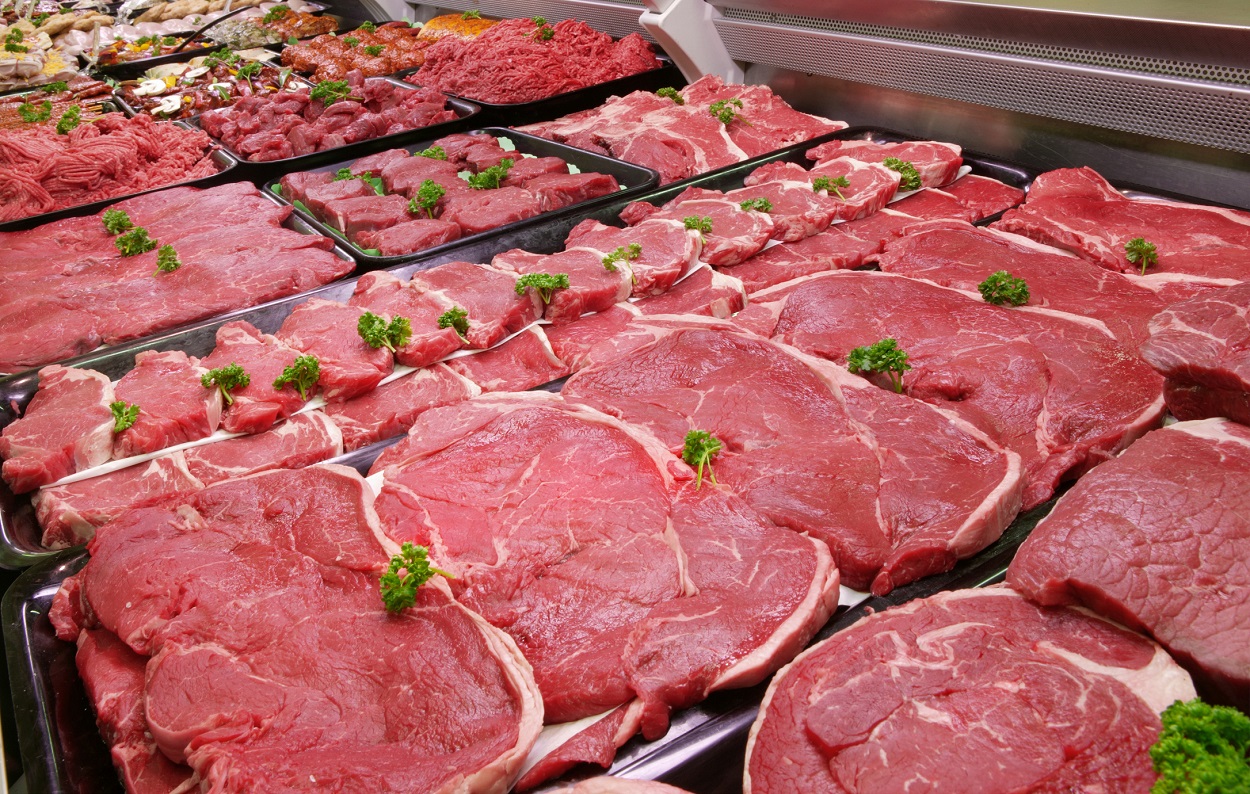The Economist magazine published an interesting article this week about the rise of vegetarianism in a nation known internationally for its love of meat. According to the article, the rise in the price of meat has led some Argentines to consider the once unthinkable: replacing their milanesas de ternera and milanesas de res with the previously export-only soja.
While mass-scale vegetarianism and an attitudinal shift in meat-eating behavior are processes that, if even possible, would take years to have any sizable effect, the article scratches the surface of a deeper problem facing Argentina’s famed meat industry: A shortage of cows. According to an article from a 2008 trade publication published in October 2008 by the Argentine Regional Consortia of Agricultural Research, Argentina may become a net meat importer for the first time in its history by 2012. Other sources as recent as May 2009 put that date at 2011. Diario Victoria, a local daily from the farm-heavy province of Entre Rios, reported on 13 May 2009 that Argentina may have to import meat as early as 2010.
There are three main reasons why Argentina is not producing as much meat as in the past. The first is economic policies implemented by the previous administration and continued under the current administration that limit the amount farmers can make by raising cattle. These measures include requiring a minimum weight for calves and international and domestic regulation of the export and sale of meat, thus limiting how much farmers can make from the cattle they raise.
The second reason is the drought that has ravaged Argentina’s pampas. Argentina is in the midst of it’s worst drought in over 45 years, which has led to the premature death of millions of cattle and the loss of billions of dollars in lost revenue. Between now and 2010 The total number of cattle is expected to fall from 55.4 million to 47.9 million, with 3 million having been lost in the past year alone. In 2007 there were an estimated 51.2 million cattle in Argentina.
The third reason is the implementation of vast soy plantations where cattle ranching farms used to be. The surge in global demand for the soy crop, whose planting and harvesting practices can cause irrevocable damage to the land depending on the scale, has led Argentina to become one of the world’s leading soy exporters. From 2006-2008, three million hectares usually used for cows were lost to the production of more profitable crops such as soy, according to Buenos Aires-based AgriPAC consultants. In 2007, Uruguay, who has roughly 23% the amount of cattle as Argentina, exported more beef than their larger neighbor.
Known for its high quality meat, Argentina is at risk of not only being forced to import it for the first time in its history, but also potentially diluting the very product for which it is world renown. Some reports indicate that while land once used for cattle ranching is being used for soy and wheat farming, the production of meat has not abated at the same pace. More cows on less land could have a negative impact the quality of the meat being produced.
Vegetarianism as a mainstream practice in Argentina is probably far from reality. Argentines being forced to eat less meat is a more realistic national outrage that may occur as a result.

Reply